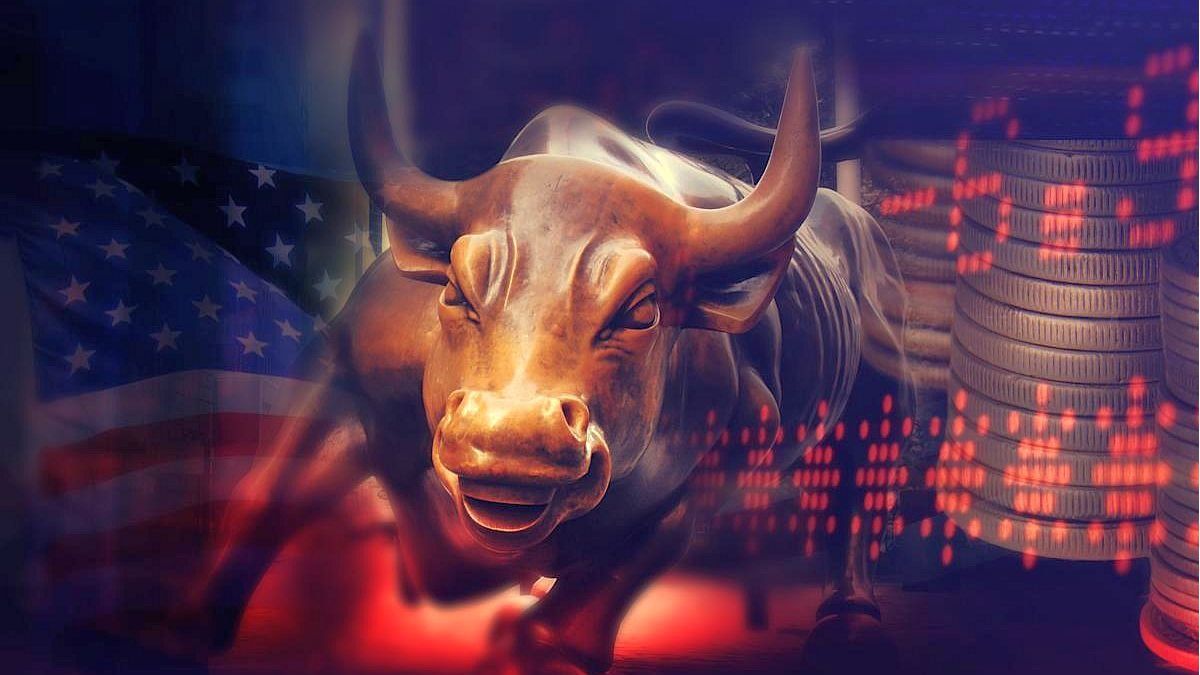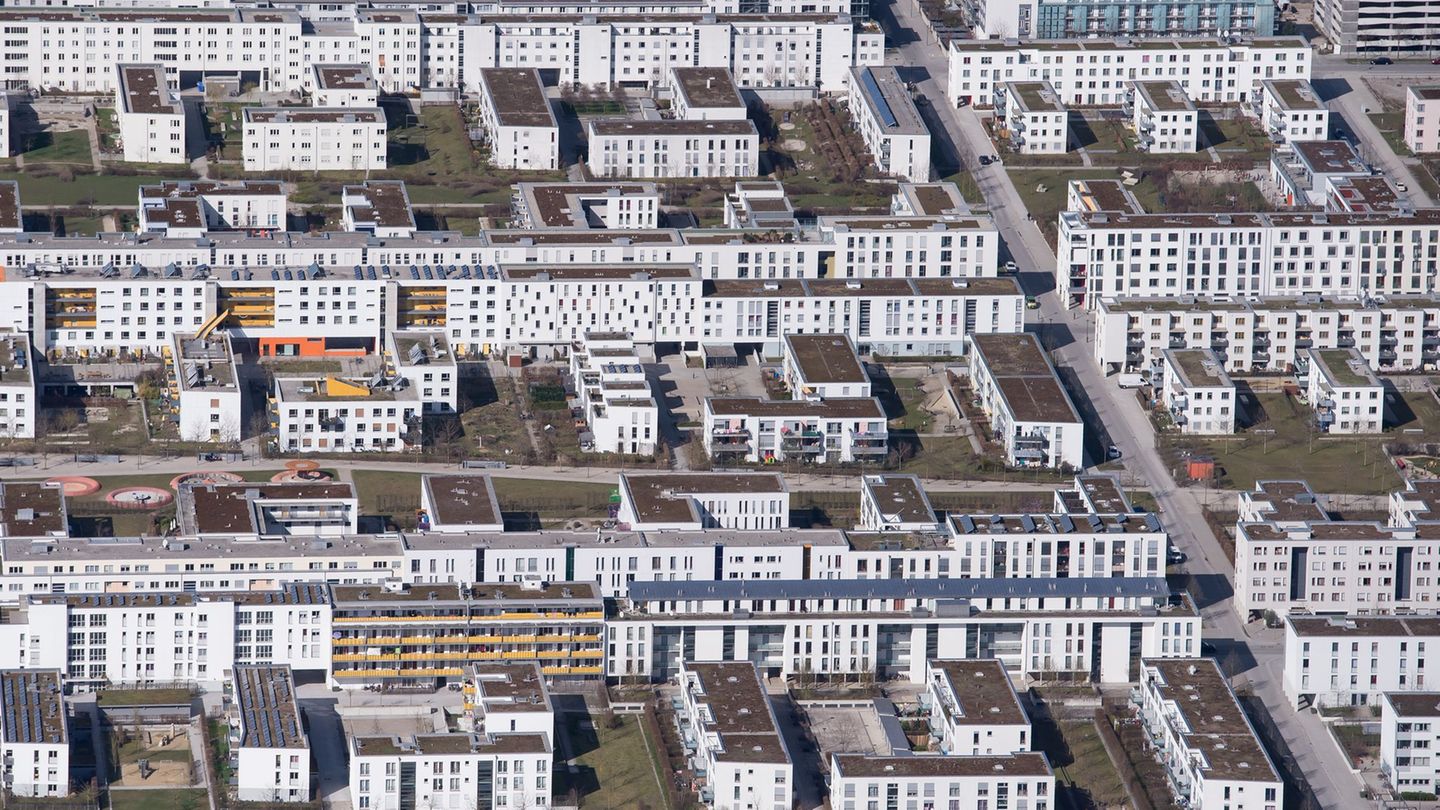The avalanche of records – in the S&P500 and the Nasdaq – grew wheel after wheel indifferent to the brawl in Washington. The economy looks good, even if it slows on the margin. The nesting fragility in the labor market. What will the Fed do?
The policy was proven dysfunctional once again. The fiscal year that began last Wednesday did not yet ensure its financing. The White House rejected the extension of tax credits demanded by the Democrats. And did not get his rubric to authorize all spending programs. Corollary: The “Shutdown” could not be stopped. It is the fourth similar block that President Trump faces, and the first of his second term. These short circuits are usually very short. However, the tycoon holds the “award” of having presided over the closure (partial) of the most prolonged government in history. The discussion for the anchor of the wall on the border with Mexico consumed 35 days between 2018 and 2019. It is not an auspicious antecedent. But political dissonance could not stop the upward market. The “Shutdown” did not disturb the passage of bulls. The informative blackout did not even get its speed. The avalanche of records – in the S&P500 and the Nasdaq – grew wheel after wheel indifferent to the brawl in Washington. On Friday the Dow Jones Industrial also premiered absolute maximums (although the Nasdaq took a respite for its own, specific stumbling blocks, in Palantir, Tesla and Nvidia).
The content you want to access is exclusive to subscribers.
Wall Street can fly blindly. That the expected employment report of September was not modified did not modify its designs until further. The loss of visibility, however, was not complete. The ADP report provided an alternative vision of the labor market, although more limited. And the reading was negative. The private sector destroyed 32 thousand net positions. Another private source of information -Challenger, Gray & Christmas- detected that the hiring plans of the companies resulted in the most modest since 2009 (when the economy came out of the great recession and the crisis of Lehman Brothers). So far this year, the companies contemplated add 204,939 positions to their schools compared to the 483,590 a year ago at this same height. How did Wall Street react? Bad employment news is good news. The thing is The Fed will know how to take note of the weakness to proceed to a new rate of fees at the 28 and 29 meeting. Chicago’s futures adjusted their probabilities to 96%. And the chances of a third retouching in December, 65%, a week ago, 86%, in line with the points map projections.


EMPLOYMENT, SERVICES AND INFLATION
Activity surveys – which regularly disseminate ISM and Global S&P – contributed a panoramic view on the progress of production and employment, and the strength of marginal demand and inflationary pressures, very valuable in the absence of official data. In the services sector -the most thriving economy -the ISM PMI report registered a stagnant activity in September. Its level is not significantly distinguished from that reached in May and July. In turn, he confirmed the contraction of employment, an attributable tendency “to a combination of postponement of hiring and difficulties in finding qualified personnel.” The only thing that grows strongly is prices, which have already been expanding 100 months.
The service activity slowed in September, the PMI report of S&P global coincides. But his performance in the third quarter is rescued. The total measurement, which also considers the march of the manufacturing activity, is compatible with an annualized GDP growth around 2.5%. In parallel, the loss of rates begins to perceive. Its influence size in the improvement of the demand for services related to leisure and recreation, and in the greatest entrepreneurial optimism about the economic scenario in the next twelve months. Unfortunately, it does not spill on the generation of employment. Companies froze hiring. They focus on oil efficiency in a context of high uncertainty. And what happened to inflationary pressures? The costs of inputs climbed strongly in September. Tariff increases are thus transmitted from physical goods to services. However, the final prices of the services rose to the most dim rate of the last five months. It is a “promising sign that tariff pressures begin to moderate in some supplies chains.”
In short, it would be said, without novelty in the front. The economy looks good, even if it slows on the margin. The nesting fragility in the labor market. There is no mood to hire, but neither increases in layoffs. The jump in the initial orders of unemployment subsidies two weeks ago – from 236 thousand to 264 thousand – was a false alarm. His last reading fell to 218 thousand. The “Shutdown” will trigger personnel suspensions in the public sector (affecting 750 thousand employees, according to the Congress Budget Office) and probably reduces its expense. How long? It is not known. And it is the key fact. 15 days, they risk betting markets. Will Trump take advantage of it, as a threat, to convert the suspensions into mass dismissals of personnel? It is a chatter, the Democrats say. Trump can try, they point out, but it won’t get far. If you insist, justice will stop it. He wanted to remove the governor of the Fed, Lisa Cook, and the Supreme Court keeps her firm in office. At the same time, the discussion about health programs, the flag that agitates the opposition, can predispose strongly against public opinion against him and force him to hurry a negotiation.
Wall Street does not fly blind
What will the Fed do? At the moment, the internal debate continues with intensity. The most ardent defenders of the anti -inflationary zeal – who accepted the decline of September rates in peace – carry the singing voice. But it is known that they are a minority and will not prevent another reduction. Preventing is better than healing, it is the current tacit motto. And an aspirin will not heal labor anemia. The lack of information because of the “Shutdown” will increase uncertainty and also the inclination to caution of the Central Bank. If the data is scarce and cannot have the last word, it will be the bond market that must be pronounced. And the loss of this week’s long rates is a favorable wink.
Wall Street does not fly blindly. His audacity knows about Fed’s cares for clearing the broom risks. And trust the strength of artificial intelligence and its huge investment plans. Perhaps that trust does not calibrate the dangers appropriately. Jeff Bezos, for example, catalogs the bonanza as a “Industrial Bubble”. That is, technology is real and will report benefits for society. Although perhaps not for shareholders. That is why the firmness of the Russell 2000 is interested, the basket of the small companies, which only last week managed to exceed its “top” price of 2021. This week was the index that climbed the most: 1.7% versus 1.3% of Nasdaq and 1.1% of the S&P 500 and Dow Jones. Its bet is very simple, detached from any revolution on the technological border. Namely that the economy avoids the trap of a recession and manages to extend the duration of the expansive cycle. And that the loss of rates promoted by the Fed can continue – and improve the cash flows of the “Small Caps” – without being reversed because of an out of control inflation. It is the most basic imaginable scheme. And it was the missing piece to complete the Bull market. The Canarian resurrected in the coal mine, then, and wants to whistle stronger.
Source: Ambito
I am a 24-year-old writer and journalist who has been working in the news industry for the past two years. I write primarily about market news, so if you’re looking for insights into what’s going on in the stock market or economic indicators, you’ve come to the right place. I also dabble in writing articles on lifestyle trends and pop culture news.




